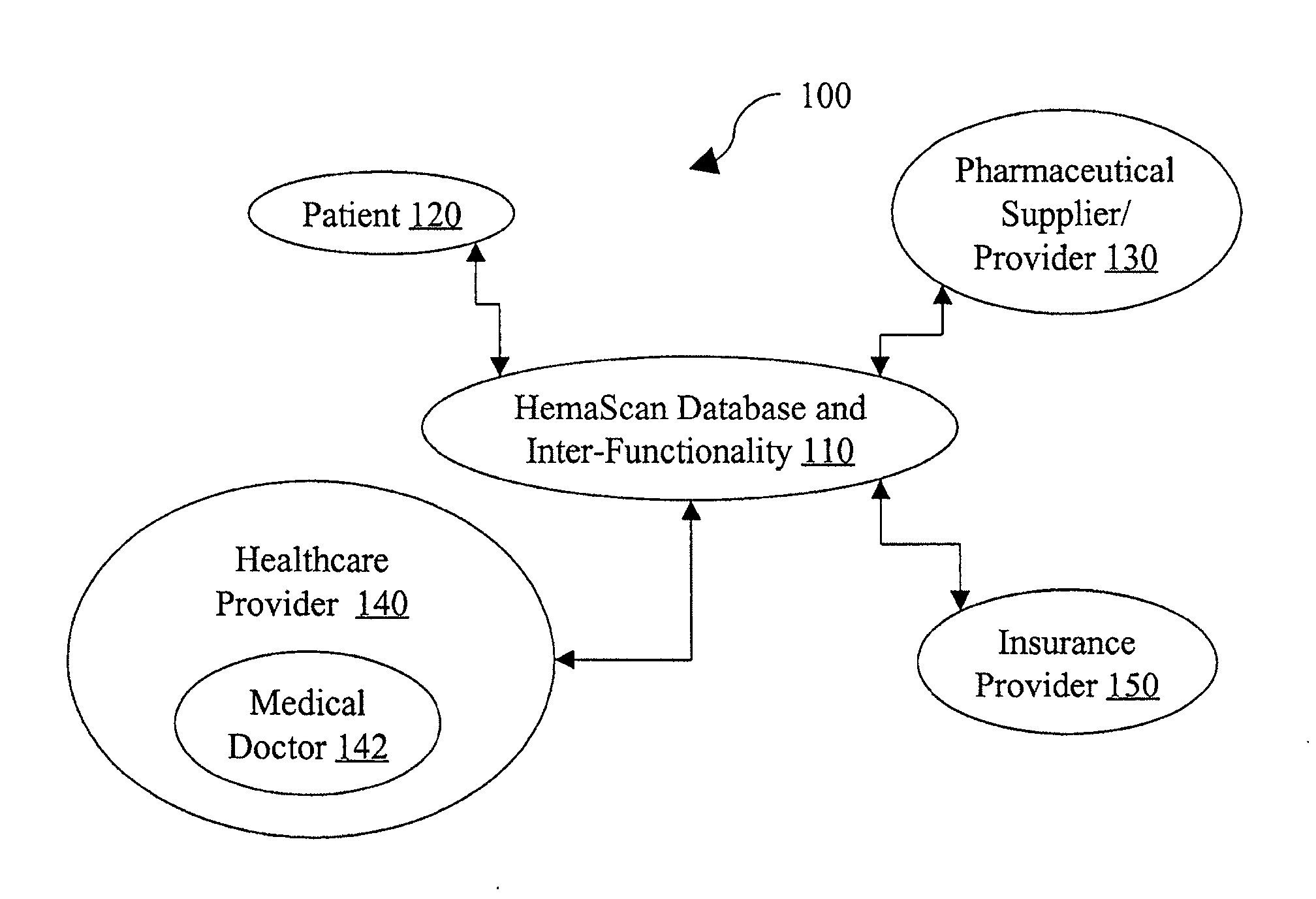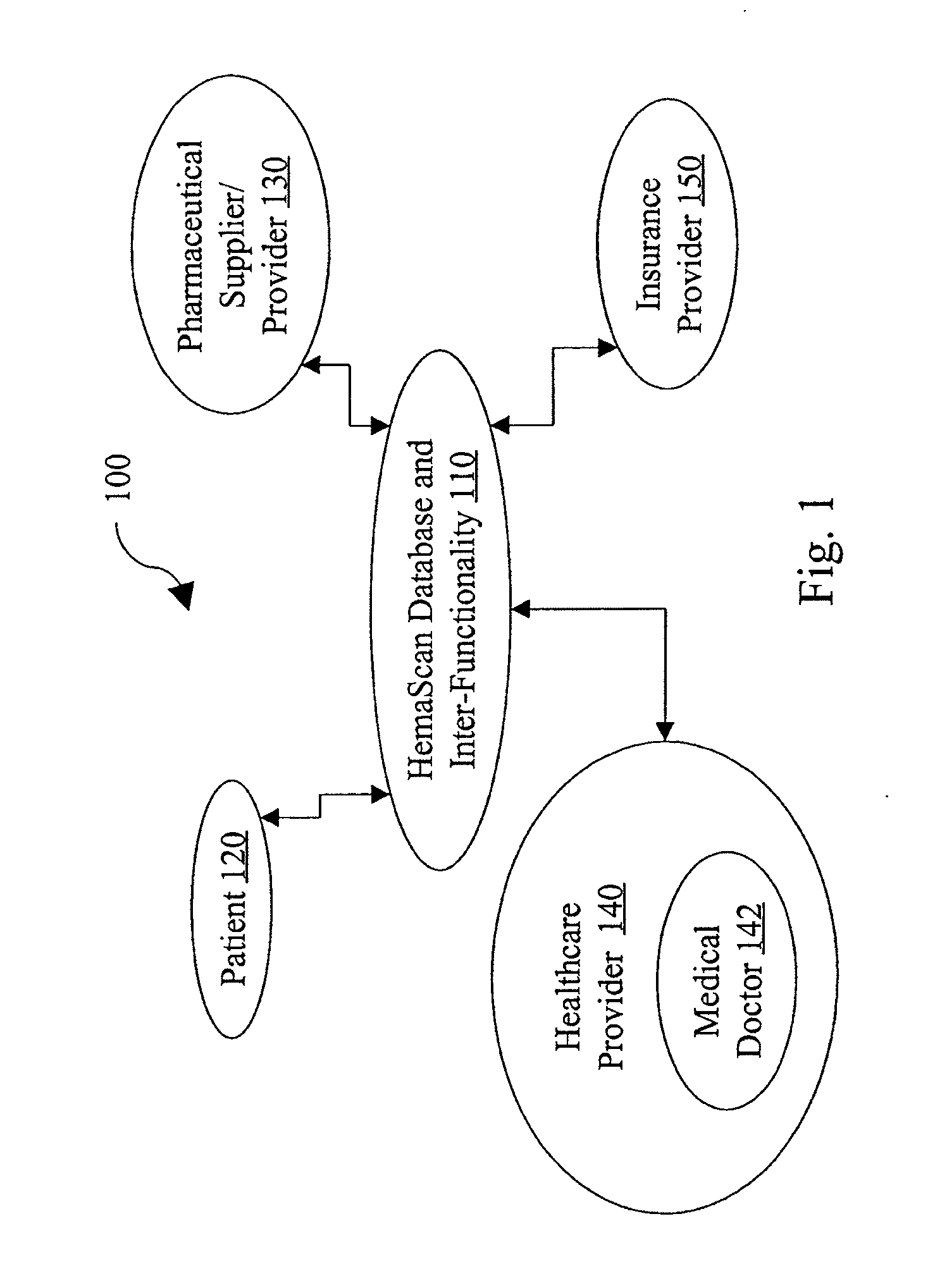One such undesirable and burdensome task that is presented to patients having chronic illnesses is the repetitive submission of medication logs to healthcare providers, pharmaceutical providers, and sometimes medical insurance companies.
Several conventional methods have been attempted to try to eliminate some of the hassle of submitting medication logs to these various parties, yet there nevertheless remains a great deal of burden that is left placed upon the individual patient.
Specifically for those patients suffering from chronic diseases requiring significant and repeated administration of medication, maintaining accurate
record-keeping of the administration of their medication as well as recording any additional information relating to their
disease creates an enormous amount of burden including paperwork and intrusion into their individual lives.
This presents a very undesirable approach from the patient's perspective.
First of all, there is almost continually an intrusion into the individual social sphere of the patient.
This method suffers from many deficiencies including an inability to
gain accurate data from across a wide patient cross section in that the accuracy of the data is solely a function of the diligence of the individual patients who participate in such a mediation logging method.
While this conventional method may present a solution for some patients, it still presents a radical deficiency, in that, across a large
patient base, many of the patients will not exert the time and effort required in such a
system to ensure that accurate
record-keeping is being performed.
As far from a global perspective in treating an illness among an
entire population, the conventional methods that seek to provide for any degree of integration of
record-keeping suffer from a major drawback, in that, there is no uniformity in the format in which record-keeping is performed across various diseases.
Moreover, even across a single
disease category, there still is not uniformity in the record-keeping of medication administration and
patient treatment.
This leaves a very large deficiency in the treating of the disease from a global perspective, in trying to provide total
disease management for a
population as described above.
For those methods that offer certain degrees of autonomy in completing medication and treatment logging for patients, there is still sufficient deficiency, in that, many patients do not complete the medication and treatment logs until immediately before they are requested by any of the service providers described above, namely, healthcare providers, pharmaceutical providers, and insurance companies.
For example, a patient, burdened by the laborious manner in which data is gathered, many of these patients simply procrastinate in completing their medication and treatment logs until immediately before they are due.
The accuracy of this information is necessarily compromised, in that, there is a virtual inability for all patients to remember exactly how much medication has been administered, exactly when it was administered, as well as all of the specifics of the particular condition that has transpired to necessitate the treatment itself.
There still does not exist a substantially easy and automated manner in which a patient can provide to these many service providers information pertaining to his / her self-administration and self-treatment concerning his /
her disease.
Healthcare providers cannot accurately trend the medication usage and administration of their patients having this inaccurate information.
Also, patients and healthcare providers are not the only members of the healthcare industry who suffer from poor record-keeping and medication tracking.
Pharmaceutical providers also suffer from this inaccurate information in managing their medication and product inventories.
This inability becomes especially pronounced for life-saving medications and products.
Particularly when dealing with medications and products that have relatively short shelf lives, or are deemed perishable, this can present significant cost increase in terms of the man hours that are required to maintain and monitor the inventory of such medications and products.
Much perishable medication and product is wasted when using these conventional methods.
In addition, there is a medication and product management difficulty for both the pharmaceutical providers and the patients, in that, for those highly perishable medications and products, there is always the possibility that medications and products are close to expiration of their shelf lives.
Moreover, tainted medications and products present an even greater difficulty to manage, in that, a patient can contract sometimes life-threatening diseases from administration of such tainted medications and products.
There exists today no manner in which patients are provides alerts to such tainted or corrupted medications and products in an adequately timely fashion.
Conventional systems simply fail to provide adequate communication between the manner providers and consumers within the healthcare industry.
 Login to View More
Login to View More  Login to View More
Login to View More 


